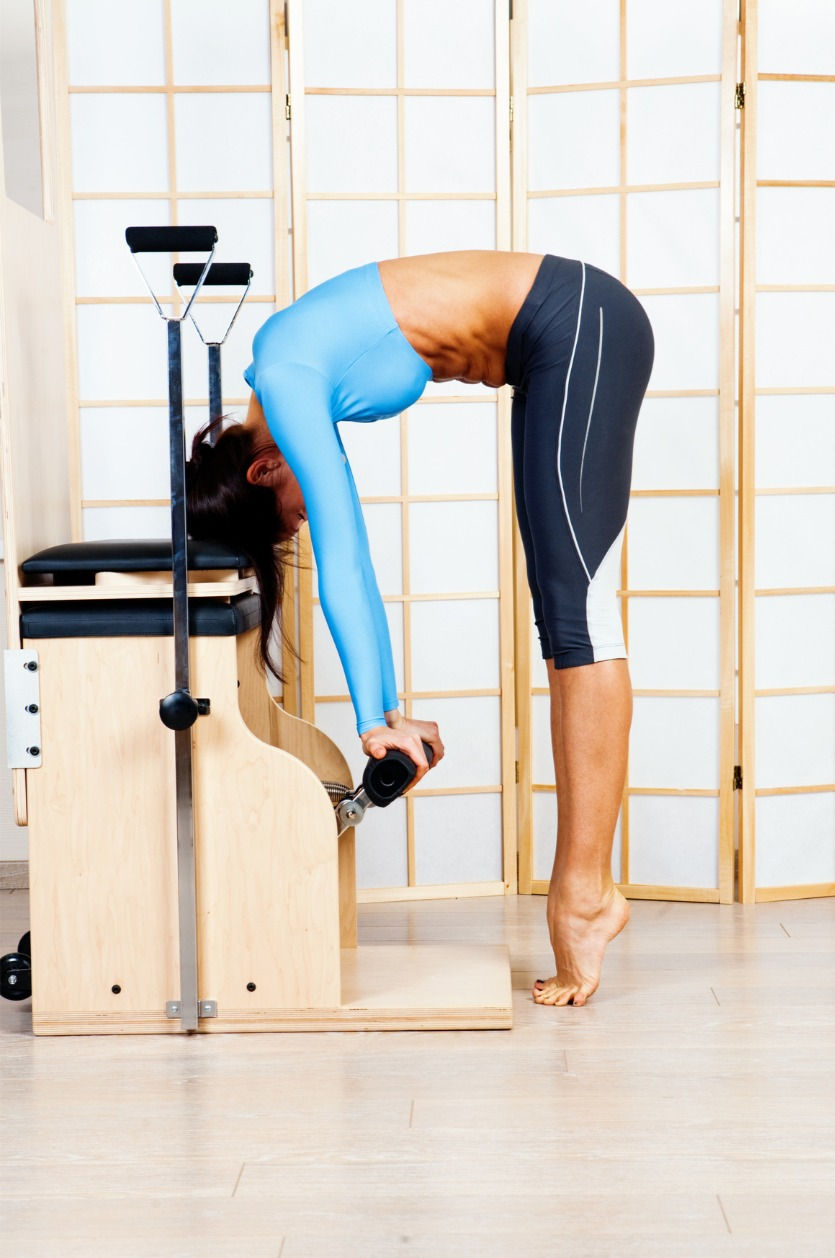Pilates for Hypermobility
- Kat Trainor - Trainor Movement Co
- Jun 11, 2024
- 3 min read
Do you often feel like your joints are more flexible than they should be? Do you experience frequent joint pain or instability? If so, you might be one of the millions worldwide living with hypermobility or hypermobility disorders. While having a high range of motion might seem advantageous, it can pose significant challenges to your overall health and wellbeing. However, there's hope! Integrating Pilates and strength training into your routine can be a game-changer in managing hypermobility effectively.
Hypermobility is characterized by joints that move beyond their normal range of motion, often due to laxity in ligaments and tendons. While some individuals with hypermobility might not experience any adverse effects, others may suffer from joint pain, instability, and an increased risk of injuries such as sprains and dislocations. For those with hypermobility disorders like Ehlers-Danlos syndrome or Marfan syndrome, the challenges can be even greater, impacting daily life activities and overall quality of life.
So, what can be done to manage these challenges effectively? The answer lies in targeted exercise regimens, particularly Pilates and strength training. Here's why:
1. Stability: Pilates focuses on strengthening the body's core muscles, which play a crucial role in providing stability and support to the spine and joints. By engaging in Pilates exercises regularly, individuals with hypermobility can improve their core strength, thereby enhancing joint stability and reducing the risk of injury. Additionally, Pilates emphasizes proper alignment and body awareness, which are essential for individuals with hypermobility to learn how to control their range of motion effectively.
2. Joint Support: Pilates involves exercises that target specific muscle groups to build strength and endurance. For individuals with hypermobility, incorporating strength training into their routine can help counteract the instability caused by lax ligaments and tendons. By strengthening the muscles surrounding vulnerable joints, such as the knees, shoulders, and hips, individuals can provide added support and protection to these areas, reducing the likelihood of joint injuries and discomfort.
3. Mind-Body Connection: Pilates emphasizes the mind-body connection, encouraging individuals to focus on proper form, breathing techniques, and controlled movements. This heightened awareness is especially beneficial for those with hypermobility, as it allows them to better understand their body's limitations and how to work within them safely. Proprioception is the body's ability to sense its position, movement, and spatial orientation. For individuals with hypermobility, whose joints may move beyond the normal range, proprioception plays a crucial role in maintaining stability and preventing injuries. By training the mind-body connection, individuals can sharpen their proprioceptive skills, enabling them to better control their joint movements and avoid overextension or misalignment.
4. Quality of Life: By incorporating Pilates into their routine, individuals with hypermobility can experience significant improvements in their overall functionality and quality of life. Stronger muscles and improved joint stability not only reduce the risk of injuries but also enhance everyday activities such as walking, standing, and lifting. Additionally, regular exercise can alleviate joint pain and stiffness, allowing individuals to enjoy a more active and fulfilling lifestyle.

In conclusion, Pilates and strength training offer invaluable benefits for individuals living with hypermobility and hypermobility disorders. By focusing on core strength, joint support, and mindfulness, these forms of exercise empower individuals to manage their condition effectively and lead healthier, more active lives. So, if you're dealing with hypermobility, consider incorporating Pilates and strength training into your routine—you'll be amazed at the difference it can make!


